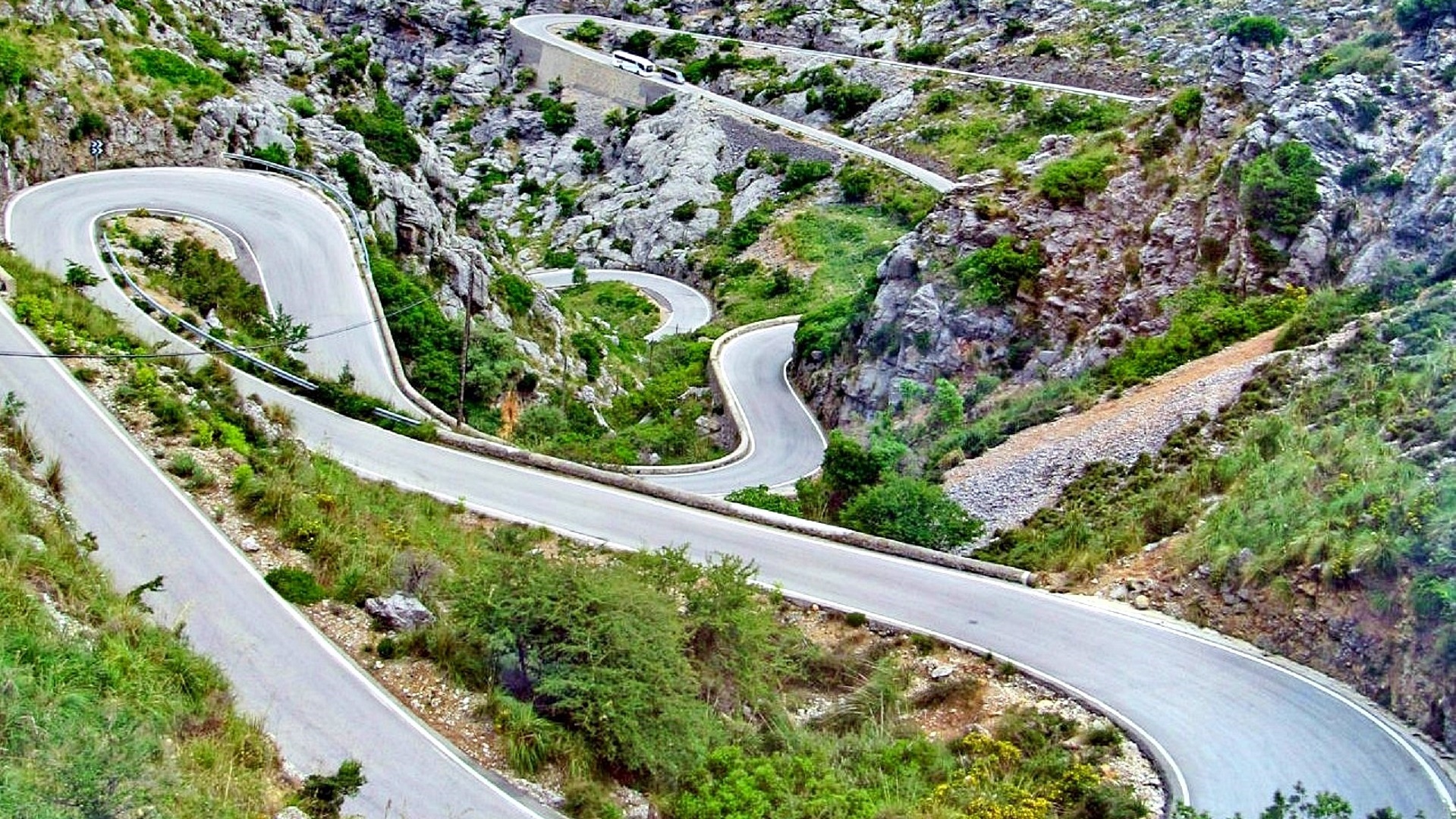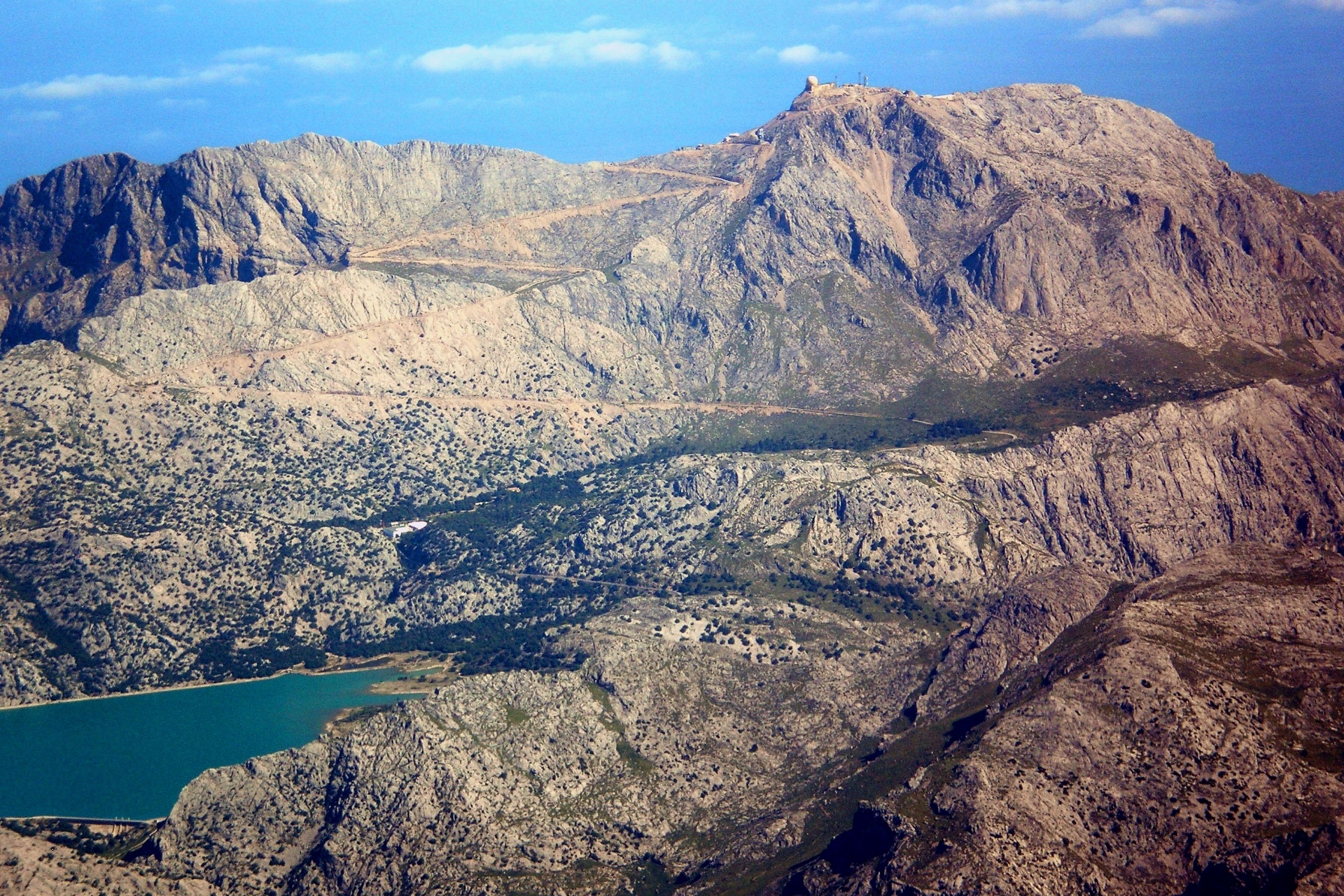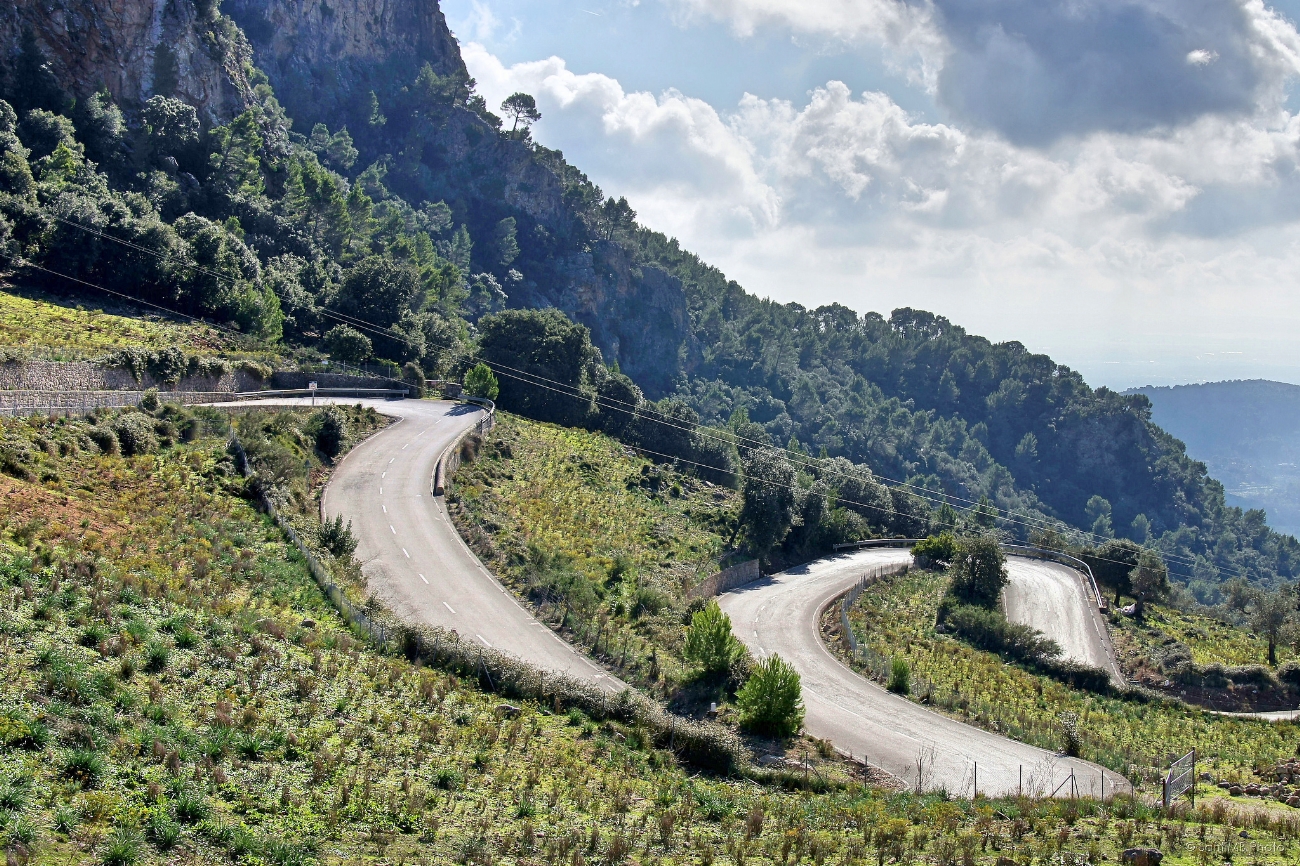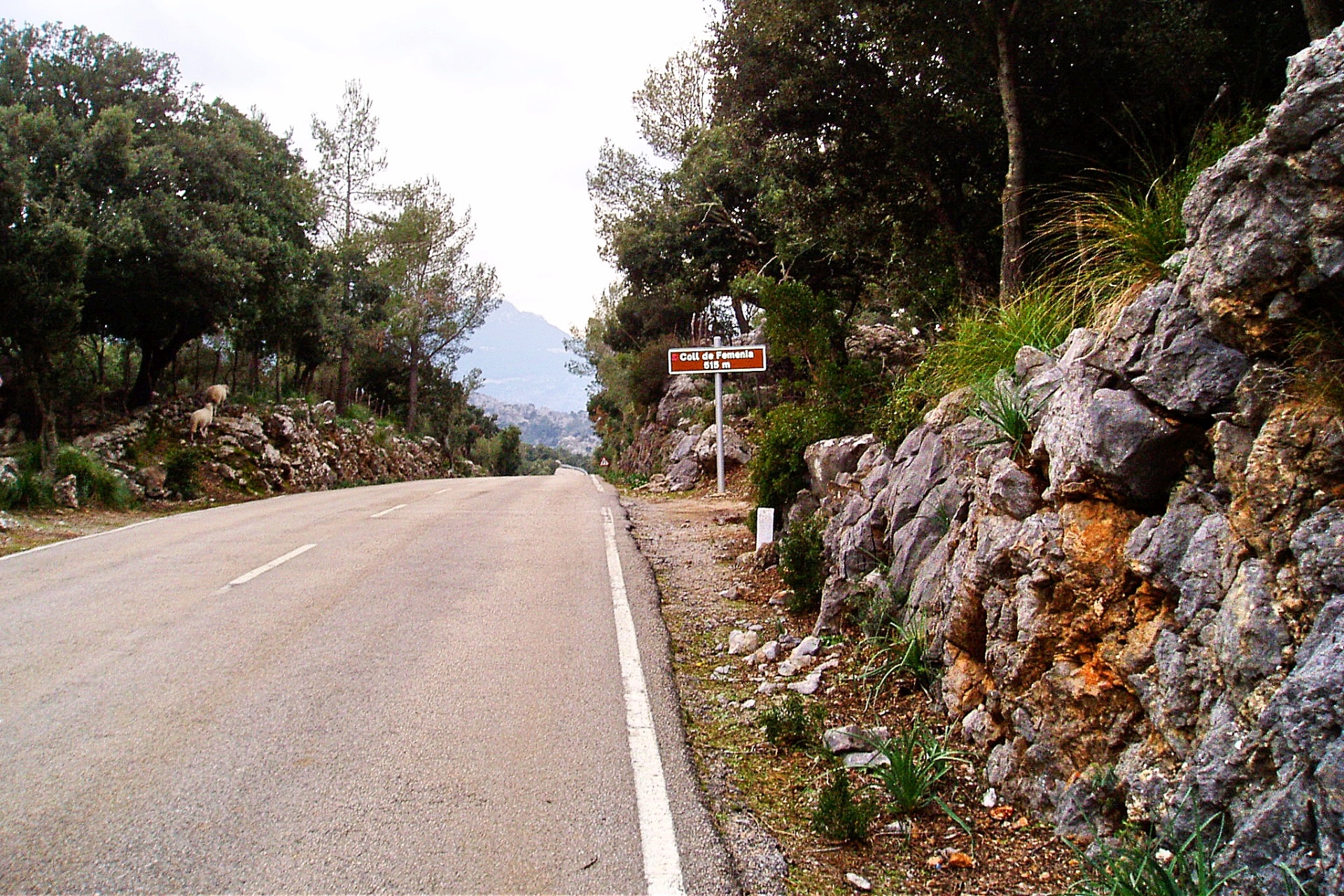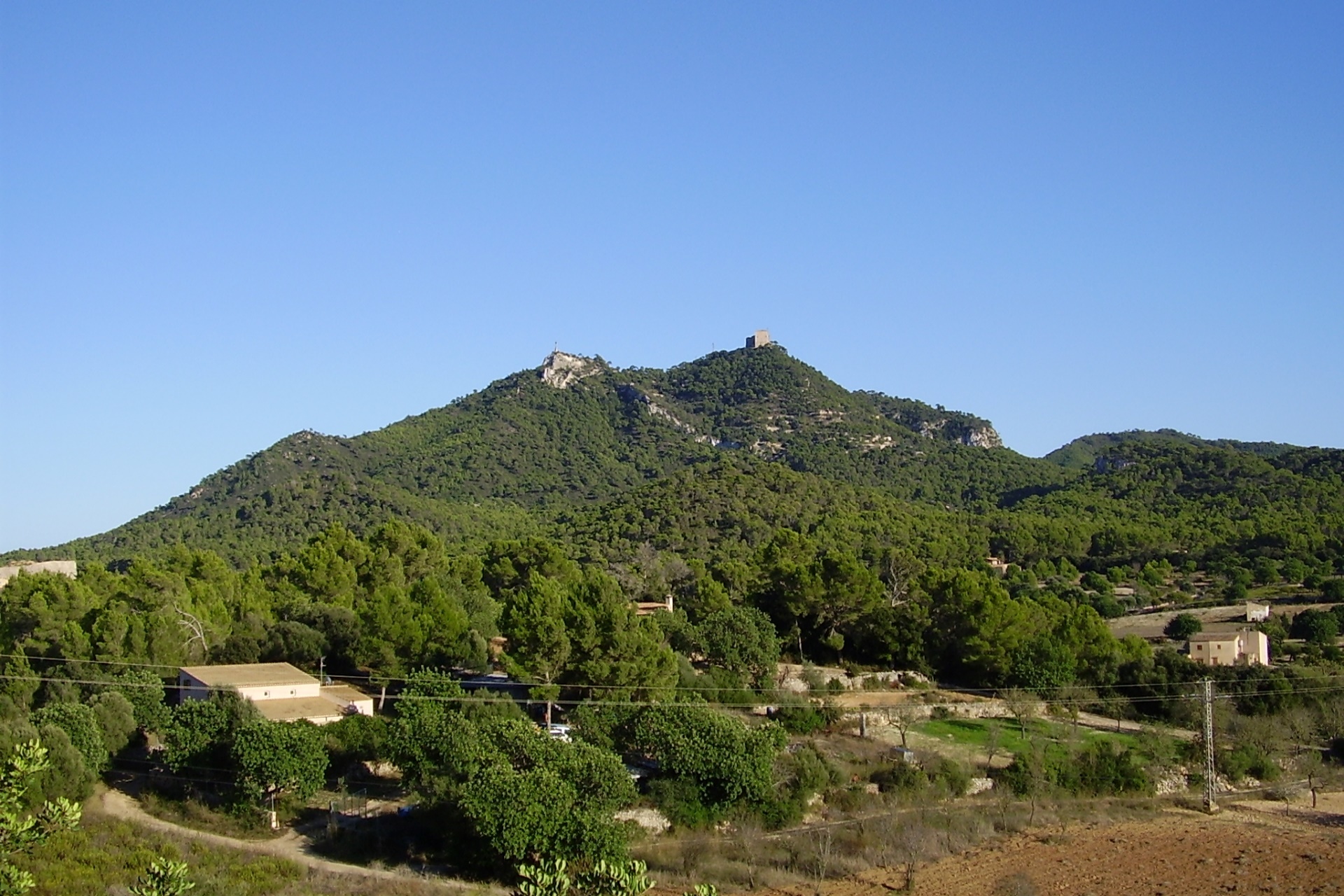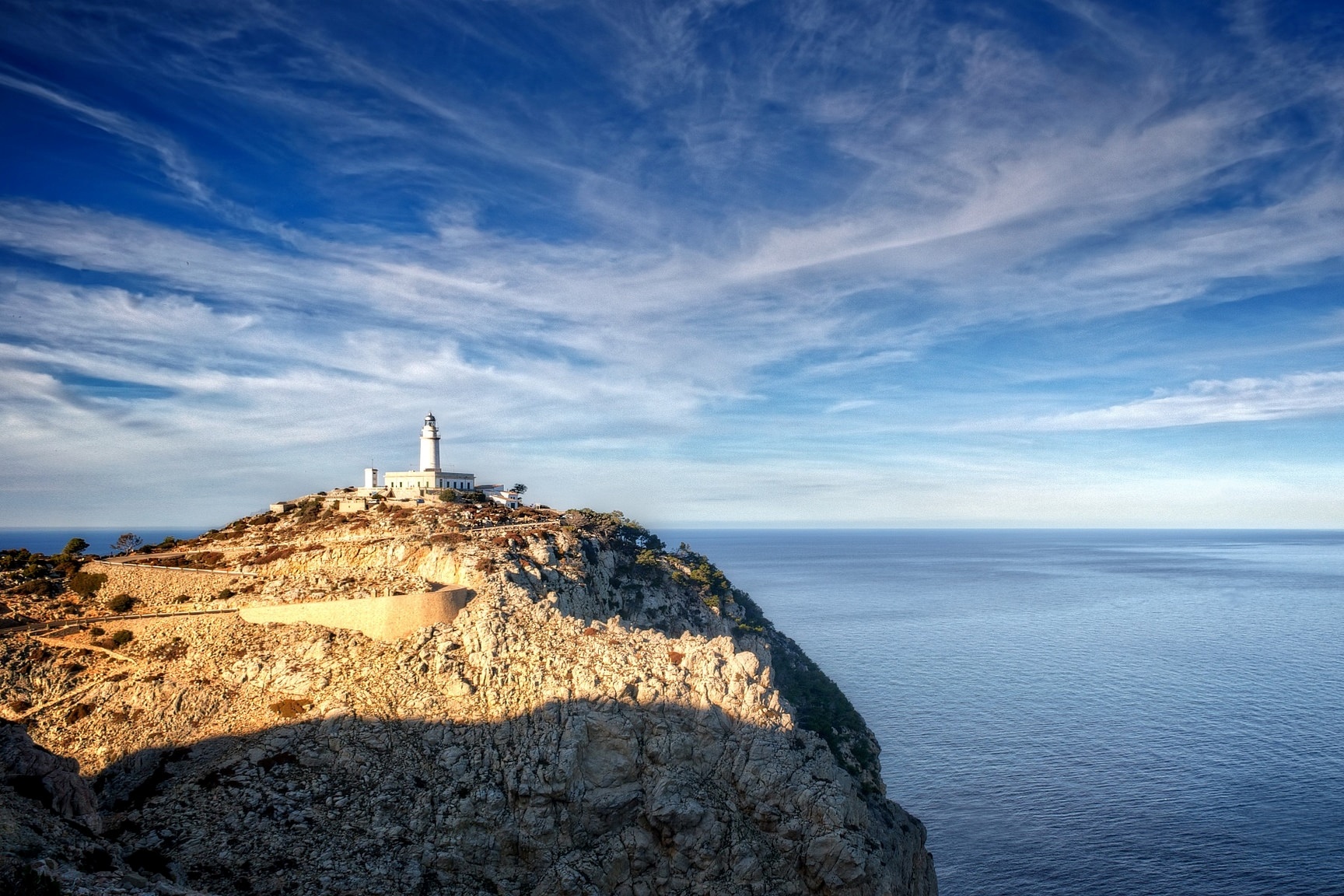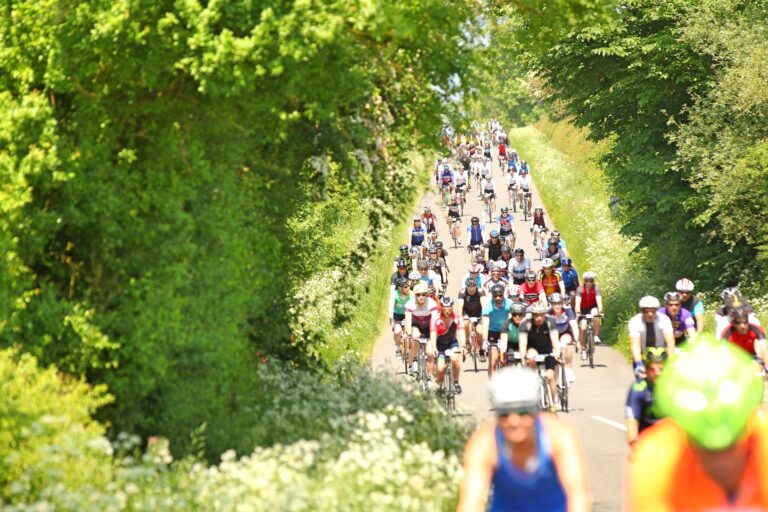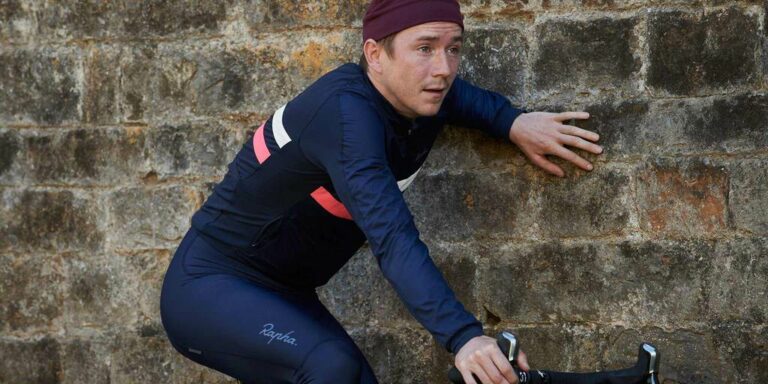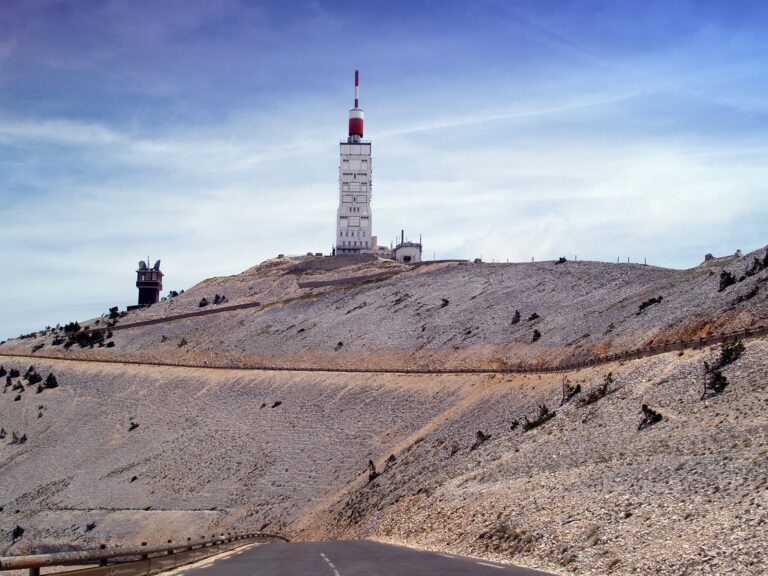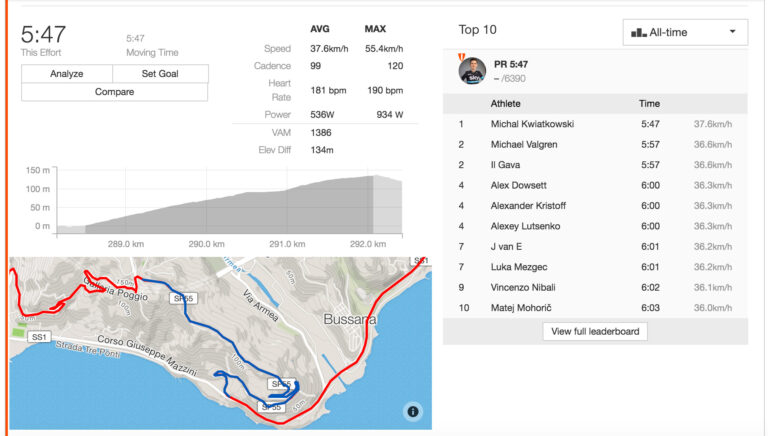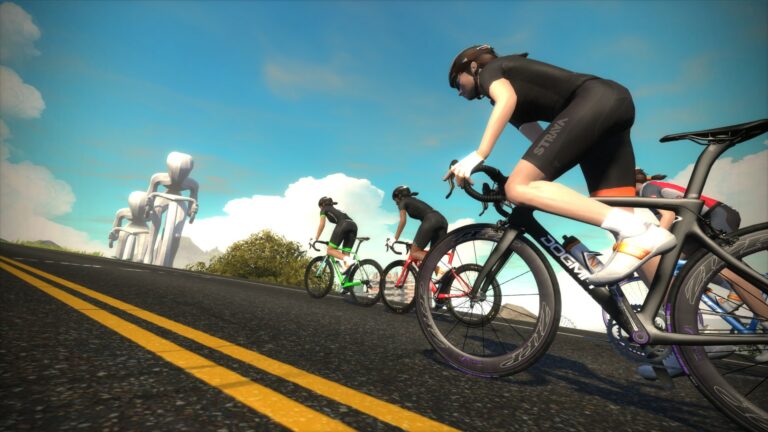Mallorca boasts a reputation as a cyclist’s paradise with good reason; we’ve examined cycling on the island in depth in our Essential Guide to Road Cycling in Mallorca and the Balearic Island certainly has plenty of allure for us two-wheeled aficionados.
One of the main reasons pros and amateurs alike head to the Iles Baleares island is the wide variety of terrain it offers, with great year-round weather and quiet and smooth roads.
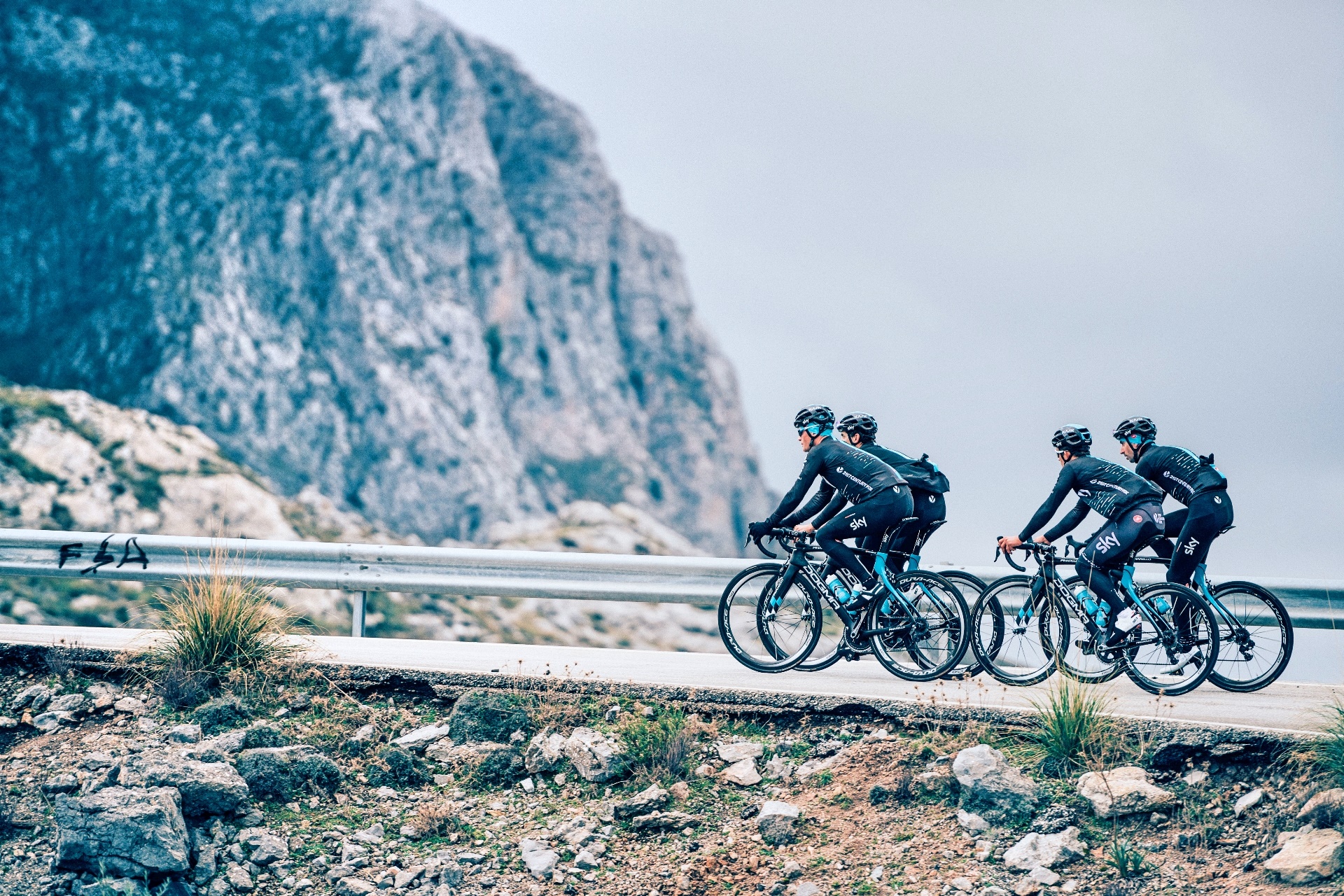
And the Island’s many climbs are among the highlights: with generally steady gradients they’re ideal for pre-season training, and have become so popular over the years they’ve become must-ride ascents in their own right – the likes of Sa Calobra are now mentioned in the same breath at the mythical Alpine and Pyreneén ascents.
So which should be on your hit list when you head out to the Spanish island? We’ve picked out ten of the best climbs in Mallorca (well, nine, plus a worthy wildcard). Read on to find out more…
[series]

